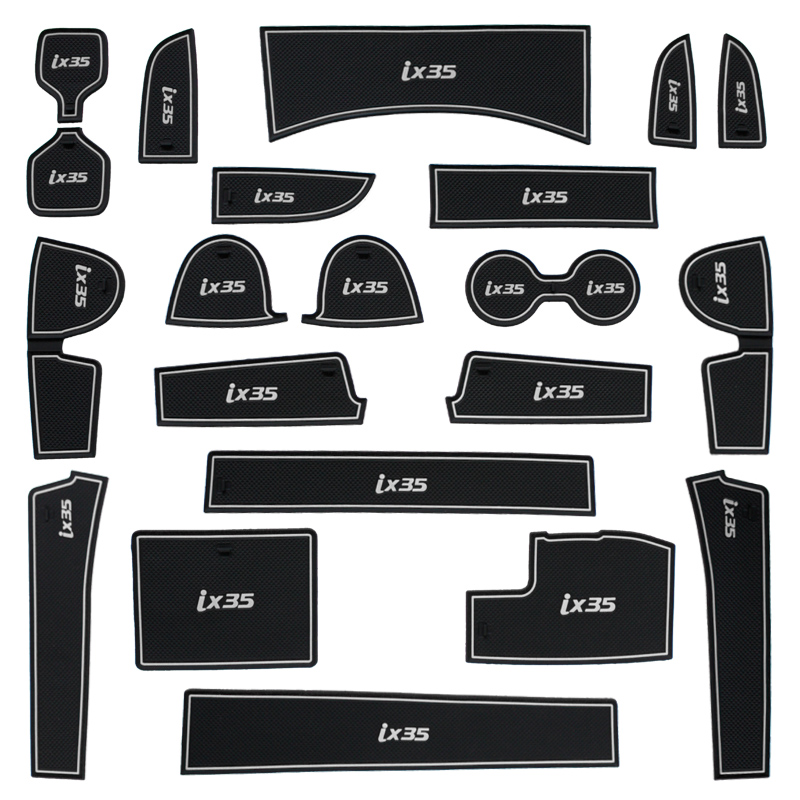Red flag raised on North Korea's unchecked space ambitions

North Korean leader Kim Jong-un, center, waves as scientists and military officials applaud as he and his daughter, front right, appear in this unspecified venue in North Korea on Nov. 23, two days after the North successfully launched the spy satellite Malligyong-1. Yonhap
Experts warn of possible Russian role to take N. Korea's satellite program to next levelBy Kang Hyun-kyungNorth Korea’s spy satellite, Malligyong-1, which entered Earth's orbit on Nov. 21, is being increasingly perceived as less threatening than initially feared after a technological setback was revealed in its images. The photographs taken by the spy satellite are believed to have a resolution far below what is required for military purposes.
However, analysts say North Korea will ultimately resolve this problem as it did in the past when it developed and upgraded its nuclear and missile programs. And if the North accomplishes that, experts warn the potential security risks will become much more damaging than originally thought.
Nam Sung-wook, a professor of North Korean Studies at Korea University and president of the Convergence Institute for National Unification at the school, said South Korea’s military should remain vigilant about the North’s space program, rather than underestimate it.
“We’ve seen that North Korea learned a lot from its past failures,” he told The Korea Times on Monday.
“While repeating one failure after another, someday they will master the technology to fix the current problem. We shouldn’t downplay its space capability,” Nam added.
In an analogy of North Korea’s successful reconnaissance satellite launch after two previous failures, Nam, a former official at the National Intelligence Service (NIS), likened Russia to a skillful instructor helping a student (North Korea) stuck on a math problem.
He said South Korea should be fully prepared for major security risks posed by North Korean-Russian military cooperation. The spy satellite, he claims, is an example of the disastrous consequences that threaten the security of South Korea and the United States.
North Korea has been touting the achievements of the spy satellite since it was successfully placed into orbit last week.
Technical assistance from Russia is believed to have played a critical role.
On Tuesday, Pyongyang's official Korean Central News Agency (KCNA) reported that the North received photos taken by the spy satellite of the White House, Pentagon and U.S. aircraft at a naval base in Norfolk, Virginia.
KCNA said North Korean leader Kim Jong-un viewed them at debriefings on Monday and Tuesday.
Earlier, the North claimed its reconnaissance satellite photographed military bases in South Korea, Guam and Hawaii, without disclosing any of those photos.
 NK says spy satellite took photos of US bases in San Diego, Japan 2023-11-30 08:25 | North Korea
NK says spy satellite took photos of US bases in San Diego, Japan 2023-11-30 08:25 | North Korea “The North’s announcements seem to be part of its propaganda and the target audience is North Korean residents,” Lee Ho-ryung, director of the Center for Security and Strategy at the Korea Institute for Defense Analyses (KIDA), told The Korea Times in a telephone interview on Tuesday.
About two months ago, she said there was a reshuffle in North Korea's space program. Kim Jong-un promoted the bureau in charge of the space program to the National Aerospace Development Administration.
The successful launch of the spy satellite came months later, she said, stressing that North Korea’s state media seems to be telling the public that the regime’s thorough plan for space technology bore fruit.
“For the North, receiving photograps from the satellite is something to celebrate. North Korea began its space program many years ago, but no progress was made as they were unable to receive photos from their satellites,” she said.
“Now, they received and viewed them, according to North Korea. Hence, the fuss,” Lee added.
She said North Korea has not disclosed any of those photos probably because of the poor quality of those images.

Russian President Vladimir Putin and North Korean leader Kim Jong-un examine a rocket assembly hangar during their meeting at the Vostochny cosmodrome outside the city of Tsiolkovsky, about 200 kilometers from the city of Blagoveshchensk in the far-eastern Amur region, Russia, on Sept. 13. AP-Yonhap
Technological setback
Malligyong-1 is believed to have a three-meter spatial resolution. Spatial resolution refers to the size of the smallest object that can be seen. In a spatial resolution of three meters, anything smaller than that cannot be discerned. Only objects three meters in size will appear as a single pixel.
Its spy satellite’s three-meter spatial resolution is much lower than that of commercial satellites and considered not sophisticated enough to be used for military purposes. Pleiades Neo satellites operated by France’s Airbus have a 30-centimeter spatial resolution, and SkySat has about a 70-centimeter special resolution.
Nam said North Korea will try hard to fix this problem and further advance its space technology. He added the North will try to lift its space technology to the next level by making the most of its military cooperation with Russia.
“The worst-case scenario will be North Korea obtaining the technology that was used in Russia’s GLONASS space-based navigation satellite system. If this happens, the consequences will be out of control, not only for South Korea, but also for the United States,” he said.
According to the European Space Agency, GLONASS “provides reliable positioning, navigation and timing services to users on a continuous worldwide basis.”
“I believe North Korea will keep asking Russia for help to share the technology, because Russia’s possible technical assistance will help the North save time and money to drastically upgrade its space program,” he said. “The question is whether Russia will do that for North Korea. Well … Russia at the moment is unlikely to do that.”
He claimed that North Korea-Russia military cooperation will remain a security threat posing the greatest menace to South Korea in the next few years.
“In North Korea, there are about 120 manufacturing factories producing artillery shells. They are operating 24 hours a day and seven days a week, under the goal of producing 500,000 artillery shells per month,” he said. “Demand for artillery shells will continue to be high as long as the war in Ukraine goes on. The problem is that the war seems unlikely to end in the near future. For this reason, it’s fair to say that Russia-North Korea military cooperation will continue for the time being.”
Lee said North Korea-Russia military ties are expected to continue until the end of the Ukraine war.
“But I am cautious about the prospects of whether their military ties will continue even after the Ukraine war,” she said. “North Korea and Russia work together because they need each other. It remains uncertain whether North Korea will still be a useful partner to Russia even after the war. My take is it won’t.”

Nam Sung-wook, right, a professor at Korea University, and Lee Ho-ryung, second from right, director of the Center for Security and Strategy at Korea Institute for Defense Analyses, attend a forum hosted by Sejong Institute at Lotte Hotel in Seoul on Monday. Former Chairman of the Joint Chiefs of Staff Jung Seung-jo, center, presides over the forum. Chun Young-woo, left, former senior presidential secretary on foreign policy and security, and Yang Wook, a research fellow at Asan Institute for Policy Studies, also join the event. Yonhap





